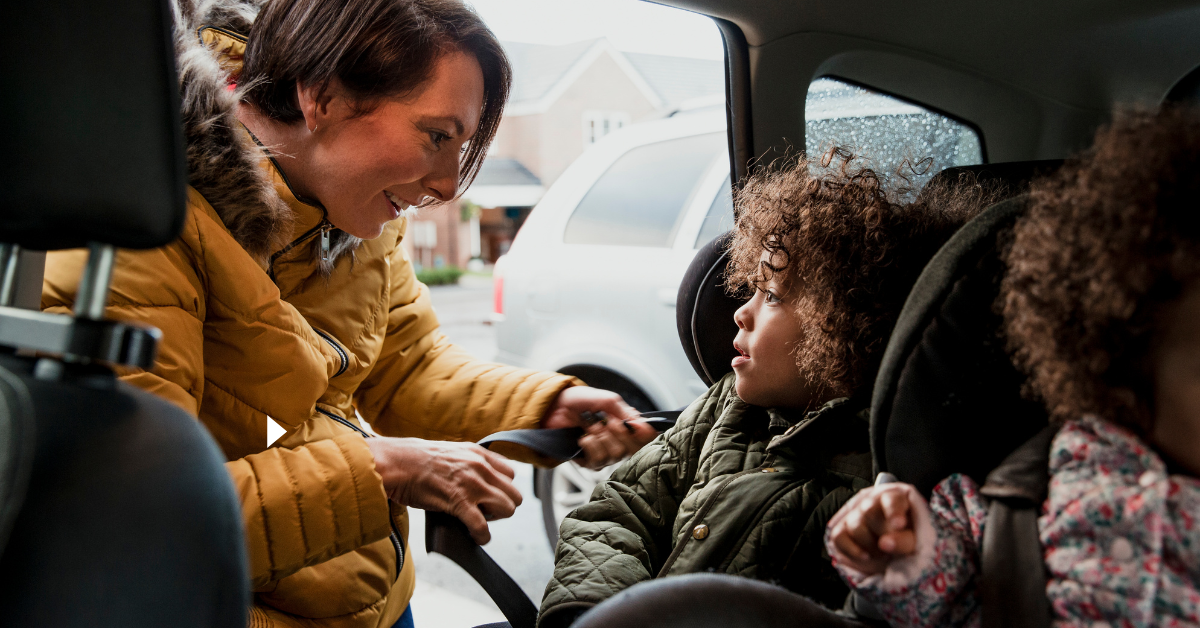It’s Child Passenger Safety Awareness Week! Stay Safe with These Tips

By Lisabeth Schuetz, Corporate Communications Coordinator
September 16, 2022
When it comes to protecting your child while driving, you will do whatever it takes to ensure they are safe. But what is the correct way to situate your child in the back seat, and are all of those extra accessories worth it?
September 18-24 marks Child Passenger Safety Awareness Week – a time when the National Highway Traffic Safety Administration and other agencies put the spotlight on car crashes, a leading cause of death for children.
According to statistics from the U.S. Department of Transportation, 38% of children who died in passenger vehicle accidents in 2019 were unrestrained, compared to 33% in 2018.
In tandem with Child Passenger Safety Awareness Week, Donegal’s very own Kelli Patko, Business Analyst and certified Child Passenger Safety Technician, shares her top tips for protecting your child while driving:

1. On the Best Car Seats and Car Seat Safety Rules:
The best car seat is the one that fits the child, fits the vehicle, and that the caregiver can use correctly. No need to buy the most expensive seat! Just make sure the car seat has not expired, been recalled, or previously used (secondhand).
2. Forward-Facing vs Rear-Facing:
Rear-facing is significantly safer in a frontal crash. The head and neck move together with the car seat, allowing the crash force to be spread across the shell of the car seat. Switch to forward-facing when your child reaches the upper weight and/or height limits.
3. Car Accessories: Are They Necessary?
Mirrors and window shades are NOT recommended. These accessories can easily become detached in a crash and result in injury to your child. The same goes for accessories that did not come with the car seat, such as strap covers, infant inserts, head padding, and seat protectors. Those items were not part of the crash test and therefore could be a hazard. The only accessories that are recommended are cargo nets or tie downs to secure objects in the trunk space.
4. Strapping In:
Straps should come in from below the shoulders for rear-facing children and above the shoulders for forward-facing children. Make sure the chest clip is at armpit level and use the pinch test to ensure straps are tight without overtightening. Puffy winter coats should NEVER be worn in a car seat. A thin fleece coat should be plenty to keep your young one warm and securely strapped in.
For more information on Child Passenger Safety visit the CPS Board and Healthy Children site by the American Academy of Pediatrics.
…
